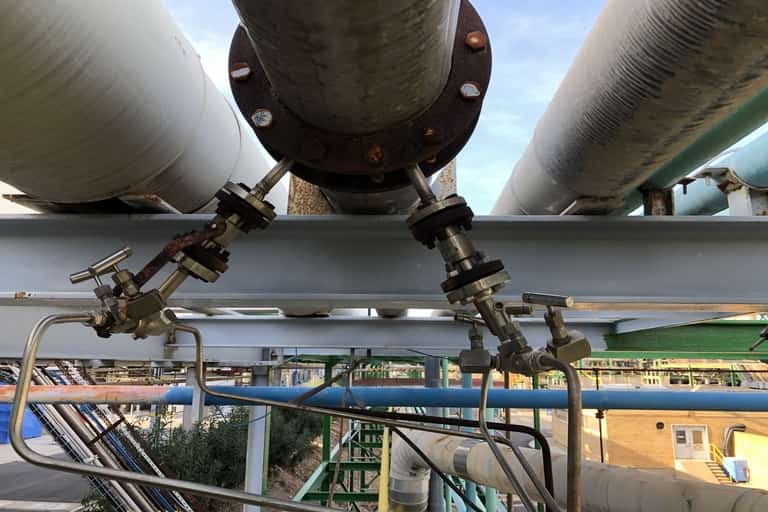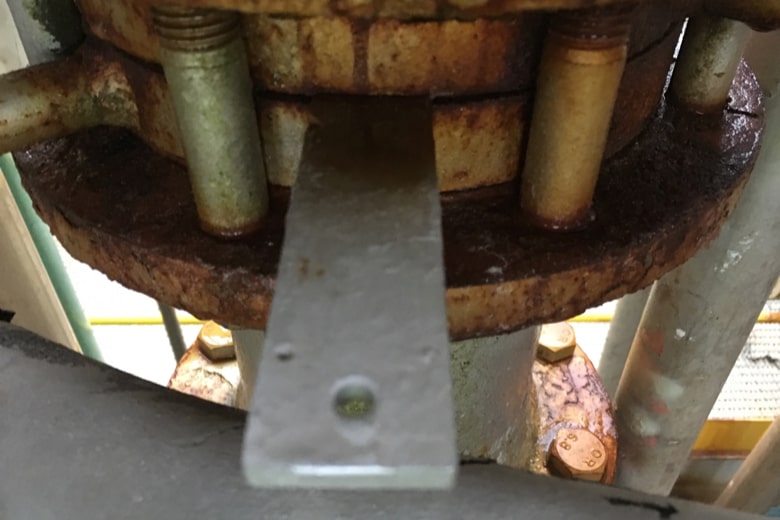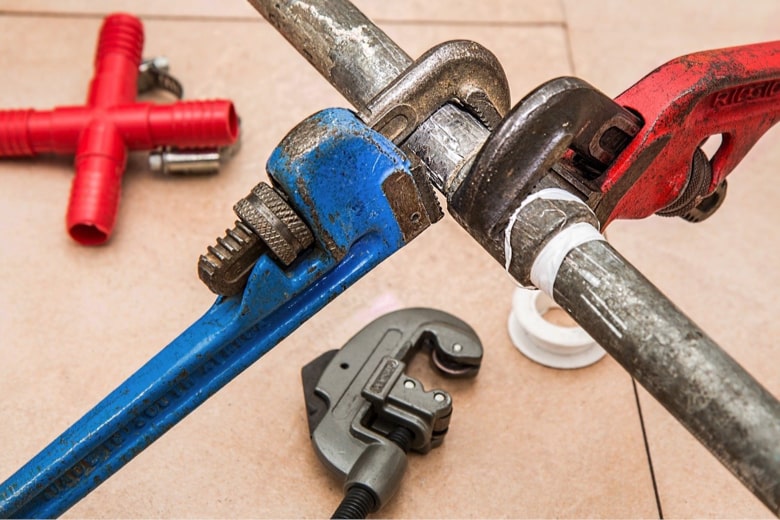Orifice Plate Calculators
Our best Orifice Plate Calculators
Welcome to our category offering a set of orifice plate calculators! If you are looking to accurately measure the flow of liquids or gases through pipes, orifice plates are a reliable and cost-effective solution. However, calculating the correct orifice size can be a complex task, involving multiple variables and equations. That's where our orifice plate calculators come in. Our calculators are easy to use and free of charge. Simply input the relevant parameters such as pipe size, fluid type and flow rate, and our calculator will do the rest, providing you with the correct orifice plate size and flow coefficients. We offer a range of calculators to suit various applications, including ISO 5167-1:1991 standard. Our orifice plate calculators have been developed by experts in the field and are regularly updated to ensure accuracy and reliability. They are widely used by engineers, technicians and other professionals in industries such as oil and gas, chemical processing, and water treatment. Our webpage also includes useful information and resources to help you understand orifice plate theory and application. Try our orifice plate calculators today and see the benefits for yourself! With these calculators we can determine the dimension of the orifice size, the pressure drop or the volumetric flow. All the calculators in this section base their calculations on the ISO 5167 standard. We will gradually add more tools to this section. The results of all calculators are exportable in spreadsheet format. If you have any questions or require further clarification, do not hesitate to contact us.
Orifice Plate - Find Flow Rate
This calculator let you calculate the flow rate based on ISO 5167-2:2003 standard. This standard refers to the flow measurement with area reduction instruments, for circular pipes with the section completely filled with fluid. The results are exportable in spreadsheet format. The orifice plate flow rate calculator is a tool used to calculate the flow rate of a fluid through an orifice plate. It takes into account the size of the orifice, the fluid density and viscosity, and the pressure drop across the orifice.
Orifice Plate - Find Orifice Size
This calculator let you calculate the orifice plate diameter based on ISO 5167-2:2003 standard. This standard refers to the flow measurement with area reduction instruments, for circular pipes with the section completely filled with fluid. The results are exportable in spreadsheet format. An orifice plate size calculator is a tool used to determine the proper size of an orifice plate for a given flow rate.
Orifice Plate - Find Pressure Drop
This calculator let you calculate the pressure drop based on ISO 5167-2:2003 standard. This calculation is based on the principle of fluid mechanics, specifically the Bernoulli equation, which relates the pressure drop across an orifice to the flow rate through it. By inputting parameters such as pipe diameter, fluid type, and desired flow rate, the calculator can output the optimal orifice plate size for accurate measurement and control of fluid flow. The results are exportable in spreadsheet format.








